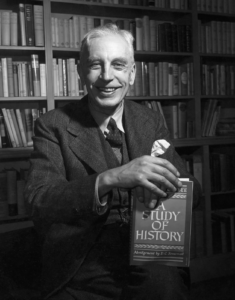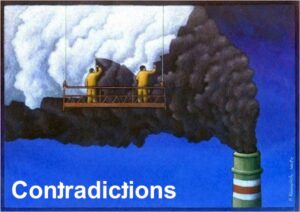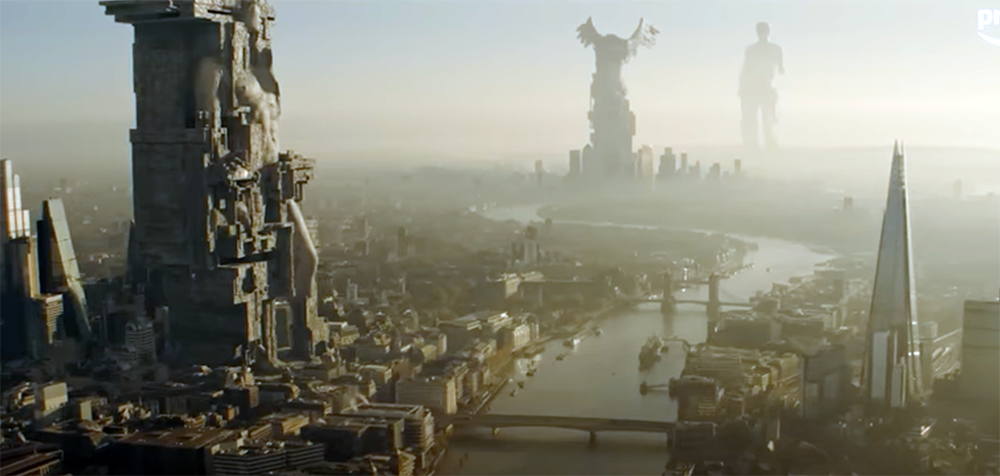For centuries, many cultures in the world considered words and writing to be the ultimate description of human intelligence. For this reason, they spent most of their efforts in writing history and writing their cultural myths. This effort is still ongoing. But many of these cultures underestimated the power and potential of images to convey cultural messages. Images have the ability to transmit messages and cultural codes quickly, objectively and directly in any society and system. Images do not need a specific language, but they are actually the most universal and accessible language possible for humanity. Because every person who sees any image can receive its message directly, quickly and objectively. Images can arouse viewers’ sensitivity much more than written texts. The important point here is that the human brain has a high power in image processing. Images have the highest power to capture human attention and maintain this capture for consecutive periods. Numerous studies show that humans process images 60,000 times faster than text. Pictures are easier to remember than written texts and are a very powerful tool for learning. Therefore, images have the potential and power to organize thoughts and represent future possibilities.

For a person, that person’s orientation towards the future is usually based on the image he has of the future, and this image has become a part of that person’s perceptual reality. Therefore, this image defines and determines his behavior and decisions in his current life. Future images actually reflect the values, goals and plans of individuals or society and form one of the key dimensions of their decisions. Fred Polak, one of the thinkers in the field of future study, realized the importance of the image of the future almost 70 years ago. He has written a book titled “Image of the Future” in which he extensively studied different human civilizations Polak was of the opinion that history progresses due to the interaction of utopian ideas and eschatological ideas and the images that these two ideas inspire to people and different societies. And the relationship between these images and their cultures shows and determines the rise and fall of civilizations. In response to people like Arnold Toynbee, who presented the challenge and response theory for historical and cultural change, Pollock says: “As long as a society’s image of the future is positive and continues to flourish, the bud and flower of culture in Society will continue to grow and provide colorful flowers. But when the images of the future begin to decay and decline in meaning and lose their significance, that culture can no longer stand. So, the main question for a futurist should be “How can the rise and fall of a culture be explained based on the success or failure of the shifting images of the future of that society.

Pollock finally came to the conclusion that the image of the future in the modern world has experienced several very drastic shifts. These extreme displacements are mostly caused by the silent death of all utopian and eschatological images. Pollock believed that this contradiction ultimately caused man to pass from a modern era to a post-modern era. In Pollack’s view, this period is the last time for mankind, because all images of the future of mankind will be destroyed. He believed that for the first time in human history as well as Western civilization, there is no will to identify and introduce or recognize new images of the future.

In fact, unlike all previous eras, in the new era that mankind has entered, there has been a violent attack on the image of the future of the modern world, and for this reason, in the 20th century, mankind is actively moving towards a futureless society and civilization. Of course, it should be said that Polak reached this conclusion in the 1950s, that is, shortly after the end of World War II and the rise of philosophies such as existentialism. And in fact, his very negative view of the future of mankind was caused by the nihilism of existentialist philosophies prevailing in that period. However, Pollock provided a definition of the future image. In his view, a person’s image of the future is usually made from a different perception, limited to that person’s time and value, which in the time of transformation can exist simultaneously with new images and in the process of creation in a contradictory way. These images of the future actually specify the individual’s choices in the present, which are decisively involved in shaping the future. Future images are usually formed in or influenced by social environments. Education, traditions, values, attitudes, media, literature, stories, etc. all define the images of the future.

The existence of contradiction and tension in a society is actually rooted in the images that different parts of that society have about the future, and these images actually form the basis of their interpretation of the realities of the present. The simultaneous existence of conflicting and contradictory images of the future and as a result conflicting and contradictory interpretations of current realities reflect the cultural and socio-economic changes of that society. Images can be used to create specific dynamism with a specific direction in the path of different human societies that do not share a common language. Therefore, images are very important tools with same level of importance of theoretical dimensions of future studies. Images can be the tool or subject of a study or even the output and result of a future study. Today, images are known as reliable sources of creating narratives with high impact and also great transformational power. Finally, it should be said that future study is a way of giving images a chance to live.

 فارسی
فارسی
